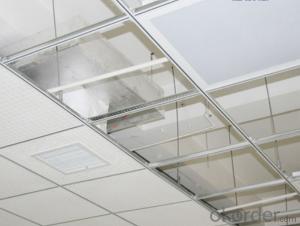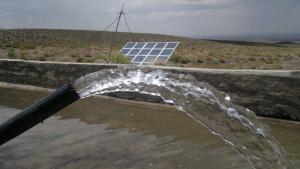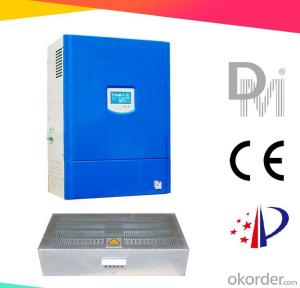Kodak Solar Off-Grid Inverter
Kodak Solar Off-Grid Inverter Related Searches
Led Light Bulbs For Ceiling Fixtures Decorative Ceiling Plate For Light Fixture Ceiling Plate For Hanging Light Track Lights For Kitchen Ceiling Lights For Kitchen Ceiling Ceiling Brackets For Lights Ceiling With Led Lights Spotlight For Ceiling 5 Blade Ceiling Fan With Light 12X12 Ceiling Tiles With HolesHot Searches
Aluminium Wire Mesh Manufacturers India Ceiling Fan Lowest Price Aluminium Scaffold Planks Sale Aluminium Walkway Mesh Prices Aluminum Bar Stock For Sale High Mast Light Price List Solar High Mast Light Specification High Mast Light Specification 6061 Aluminum Bar Stock Price Aluminum Bar Stock Price Stage Light Price Solar Inverter Fault Light Led Light Manufacturers Aluminum Round Bar Stock Sizes Aluminum Round Bar Stock Near Me Ceiling Fan Lowest Price Aluminum Flat Bar Stock Near Me Aluminum Bar Stock Sizes Aluminum Bar Stock Suppliers Aluminum Bar Stock Near MeKodak Solar Off-Grid Inverter Supplier & Manufacturer from China
Okorder.com is a professional Kodak Solar Off-Grid Inverter supplier & manufacturer, offers integrated one-stop services including real-time quoting and online cargo tracking. We are funded by CNBM Group, a Fortune 500 enterprise and the largest Kodak Solar Off-Grid Inverter firm in China.Hot Products
FAQ
- The maximum temperature range for a solar inverter typically depends on the specific model and manufacturer. However, most solar inverters are designed to operate within a range of -20°C to 50°C (-4°F to 122°F).
- A solar inverter handles reactive power injection into the grid by using advanced control algorithms and capacitors. It actively monitors the grid's voltage and frequency and adjusts its output to maintain the required power factor. The inverter can either absorb or inject reactive power into the grid as needed to ensure a stable and balanced power flow.
- A solar inverter handles power factor correction by continuously monitoring the power factor of the electrical load and adjusting its operation accordingly. It applies various control techniques to ensure that the power factor is maintained close to unity, ultimately improving the efficiency and stability of the solar power system.
- The different output waveforms of a solar inverter include sine wave, modified sine wave, and square wave.
- What is the difference between a PV inverter and a solar inverter?
- Instability, the wind speed and the equipment itself will directly affect the generator rotation, so the voltage and current fluctuations, frequency instability, in short, is the power quality is poor) Therefore, through the inverter after the first rectification inverter to improve the quality of power
- What is the PV inverter starting voltage
- The inverter not only has the function of direct current conversion, but also has the function of maximizing the performance of the solar cell and the system fault protection function. (With grid system), automatic voltage adjustment function (for network connection), DC detection function (for network connection), DC grounding detection (for network connection), automatic power control function Function (for grid connection). Here is a brief introduction to automatic operation and shutdown function and maximum power tracking control function.
- The maximum voltage input for a solar inverter typically depends on the specific model and manufacturer. However, in general, it ranges from around 600 to 1000 volts, with some higher-end models able to handle higher voltages.
- The maximum DC voltage that a solar inverter can handle varies depending on the specific model and design. However, in general, most solar inverters can handle DC voltages up to 1000V or higher. It is important to consult the manufacturer's specifications to determine the maximum DC voltage capacity of a particular solar inverter.













































